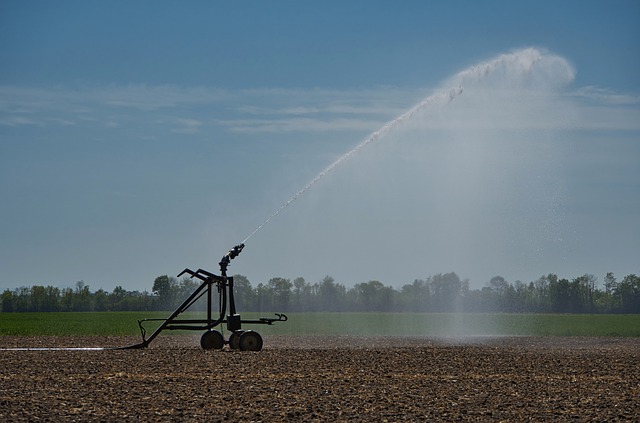The world around us is constantly changing, and one of the most profound challenges we face today is the impact of climate change and extreme weather patterns on our environment. As farmers, gardeners, and urban planners grapple with these changes, one critical area that demands attention is the evolution of irrigation systems.
Traditionally, irrigation has been seen as a straightforward method to provide water to crops, but the reality is far more complex. With unpredictable rainfall, longer droughts, and intensified storms becoming the norm rather than the exception, the need for advanced irrigation systems has never been greater. These systems are not just tools for watering; they are lifelines that help maintain the vibrancy of our ecosystems and the food supply we rely on.
As climate conditions shift, irrigation systems are adapting to ensure they remain effective and sustainable. One of the promising advancements is the integration of smart technology. These innovations enable real-time monitoring of soil moisture levels, weather forecasts, and crop needs, allowing farmers to optimize water usage precisely when it’s needed most. This efficiency not only conserves precious water resources but also minimizes the environmental impact of over-irrigation.
Additionally, modern irrigation practices emphasize the use of rainwater harvesting and recycling systems. By collecting and storing rainwater, farmers can harness natural precipitation events, reducing their dependence on groundwater during dry spells. This not only tackles water scarcity but also mitigates the risk of flooding, which can devastate crops and erode healthy soil.
Another vital aspect of evolving irrigation systems is the focus on soil health. By implementing practices such as drip irrigation and subsurface irrigation, excess water is minimized while nutrients are delivered directly to the root zones of plants. Healthy soil not only supports plant growth but also acts as a natural sponge, improving water retention and reducing runoff during heavy rains.
Moreover, there’s a growing trend toward selecting drought-resistant crops and planting strategies that align with local climate conditions. By understanding the specific environmental needs of a region, farmers can create resilient systems that withstand the pressures of extreme weather. These adaptations ensure that agriculture can continue to thrive, even in challenging circumstances.
As we contemplate the future of our planet and the multifaceted impacts of climate change, the transformation of irrigation systems serves as a beacon of hope. It highlights our ability to innovate and respond proactively to these challenges while safeguarding our precious environment. The commitment to developing efficient, sustainable irrigation methods not only preserves our agricultural legacy but also empowers us to create a more balanced relationship with the natural world.
Through ongoing research, community engagement, and technology integration, we can build a resilient future where our irrigation systems are not merely tools but integral components of a holistic approach to environmental stewardship. Together, we can navigate the uncertainties of climate change and emerge stronger, equipped to protect the earth we cherish.




